Home>Garden Essentials>Garden Storage>18 Beautiful Trellis Ideas To Turn Your Yard Into A Private Escape
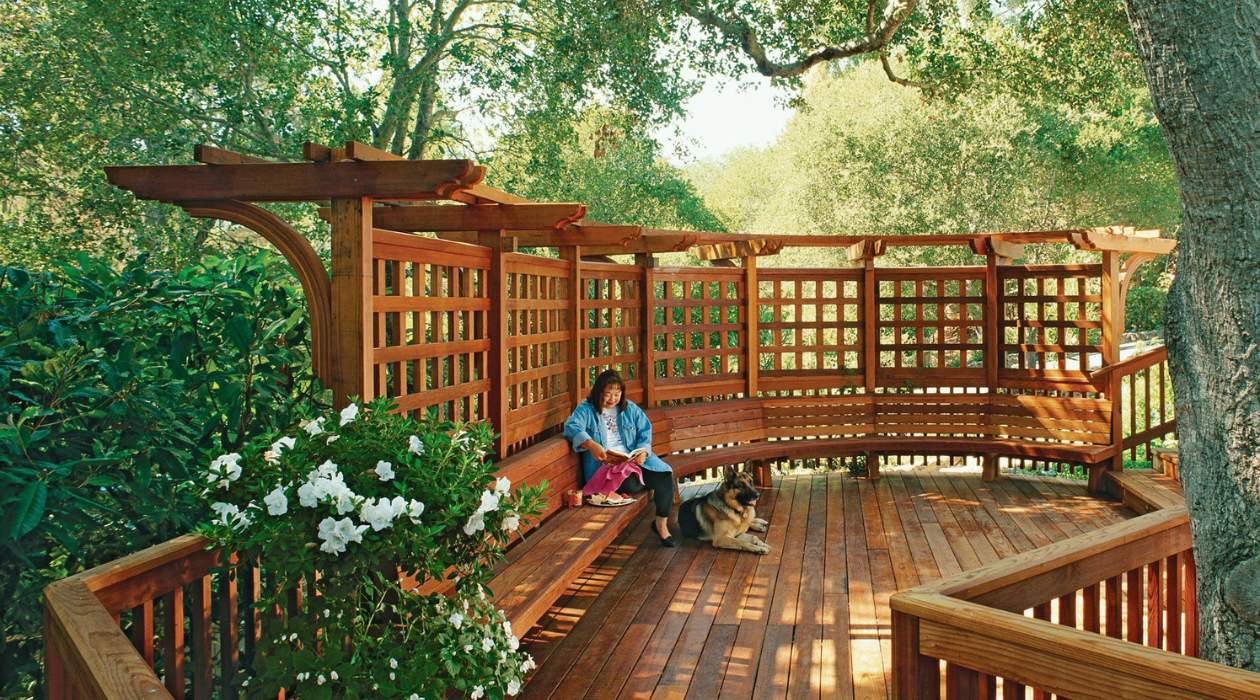

Garden Storage
18 Beautiful Trellis Ideas To Turn Your Yard Into A Private Escape
Modified: January 6, 2024
Discover 18 stunning trellis ideas to transform your yard and create a serene, private sanctuary. Enhance your outdoor space with beautiful trellis designs that provide stylish storage solutions.
(Many of the links in this article redirect to a specific reviewed product. Your purchase of these products through affiliate links helps to generate commission for Storables.com, at no extra cost. Learn more)
Introduction
Welcome to our comprehensive guide on trellis ideas to turn your yard into a private escape. A trellis is a versatile and elegant addition to any outdoor space, offering both functionality and aesthetics. Whether you have a small balcony, a cozy backyard, or a sprawling garden, a well-designed trellis can transform your outdoor area into a secluded retreat.
In this article, we will explore various trellis designs, materials, and creative ideas to inspire you in creating a beautiful and inviting outdoor space. From wooden trellis designs to metal options, from DIY projects to different shapes and sizes, there is something for every taste and style.
But why should you consider adding a trellis to your yard? Apart from their visual appeal, trellises serve several purposes. They can provide privacy by creating a natural barrier between your property and the outside world. They can also offer shade, create a vertical garden for your climbing plants, and even act as decorative elements to enhance the overall aesthetics of your outdoor space.
With the right trellis design and choice of climbing plants, you can create a stunning backdrop for outdoor seating areas, enhance the beauty of your flower or vegetable garden, and add functionality to even the smallest of spaces. Additionally, trellises can be used to support and train plants, allowing you to make the most of your garden’s vertical space.
Whether you are a seasoned gardener or a novice looking to spruce up your outdoor area, this guide will provide you with a wealth of trellis ideas and inspiration. We will delve into the different types of trellises available, their materials, and their ideal applications. We will also offer tips on how to maintain and care for your trellis, as well as explore lighting options to create a magical ambiance in the evening.
So, without further ado, let’s dive into the world of trellises and discover how these beautiful structures can transform your yard into a private escape.
Key Takeaways:
- Transform your outdoor space with a trellis, creating a private and enchanting retreat. From wooden to metal designs, the possibilities are endless to suit every taste and style.
- Incorporating a trellis not only adds beauty but also functionality to your garden. It can serve as a decorative element, a privacy screen, or a support for climbing plants, enhancing the overall ambiance of your outdoor space.
Subtitle 1: Wooden Trellis Designs
Wooden trellises are a timeless and classic choice for adding charm and character to your outdoor space. They blend seamlessly with different architectural styles, from traditional to modern, and can be customized to suit your specific design preferences. Here are some stunning wooden trellis designs to consider:
- Traditional Lattice Trellis: The traditional lattice design features a crisscross pattern of wooden slats, creating a visually appealing and functional trellis. This design is perfect for supporting climbing plants such as clematis, jasmine, or roses, adding a touch of romance to your garden.
- Arched Trellis: An arched wooden trellis adds elegance and creates a focal point in your yard. The curved design adds a sense of height and creates a charming entrance or pathway. It can be placed at the entrance of your garden or used as a backdrop for outdoor seating areas.
- Privacy Trellis: If you are looking to create a more secluded and private outdoor space, a wooden privacy trellis is the perfect solution. These trellises feature tightly spaced wooden slats, offering both privacy and a beautiful backdrop for your garden. You can add climbing vines or hang planters to further enhance its beauty.
- Geometric Trellis: For a modern and contemporary look, consider a geometric trellis design. This style features clean lines and geometric shapes, creating a visually striking trellis that can complement a minimalist or urban garden design.
- Pergola Trellis: If you are looking to create a shaded area in your yard, a pergola trellis is an excellent option. It features a roof-like structure made of wooden beams that provide partial shade, making it perfect for outdoor dining or lounging areas.
No matter which wooden trellis design you choose, make sure to select high-quality wood that is resistant to rot and decay, such as cedar or treated lumber. Additionally, consider staining or painting your trellis to match your outdoor decor and protect it from the elements.
Wooden trellises offer a warm and natural appeal and can be easily customized to suit your aesthetic preferences. They provide a sturdy support for climbing plants while adding a touch of elegance and charm to your outdoor space.
Subtitle 2: Metal Trellis Ideas
Metal trellises offer a sleek and modern look that can effortlessly elevate the aesthetics of your outdoor space. They are durable, low-maintenance, and can withstand various weather conditions. Here are some metal trellis ideas to inspire you:
- Wire Mesh Trellis: Wire mesh trellises are versatile and can be easily customized to fit your desired shape and size. They provide a clean and minimalist look and are ideal for supporting climbing plants such as honeysuckle, morning glory, or sweet peas.
- Grid Panel Trellis: Grid panel trellises feature a simple yet striking design with evenly spaced grid patterns. They are perfect for creating a contemporary and industrial look in your outdoor space. These trellises are excellent for supporting vining plants like ivy, hops, or grapes.
- Ornate Metal Trellis: If you prefer a more decorative and intricate design, consider an ornate metal trellis. These trellises often feature intricate scrollwork and can be a focal point in your garden. They are ideal for climbing roses, wisteria, or bougainvillea.
- Arbor Trellis: An arbor trellis combines a trellis structure with an arched gateway, creating a stunning entrance to your garden. Made from metal, these trellises are sturdy and can support heavy climbing plants such as trumpet vine, jasmine, or passion flower.
- Vertical Metal Garden Trellis: Vertical metal garden trellises are perfect for small spaces or if you want to maximize your vertical growing area. These trellises feature multiple tiers or pockets for planting various herbs, flowers, or even vegetables. They are an excellent choice for urban gardens or balconies.
Metal trellises offer durability and longevity, ensuring that they will withstand the test of time. They provide a sleek and modern aesthetic and can be powder-coated in various colors to match your outdoor decor. Additionally, metal trellises are relatively low-maintenance, requiring minimal upkeep compared to other materials.
When choosing a metal trellis, consider the overall style of your outdoor space and the climbing plants you wish to support. Metal trellises can seamlessly complement contemporary, industrial, or even traditional garden designs, adding a touch of elegance and sophistication.
Subtitle 3: DIY Trellis Projects
Building your own trellis not only allows you to unleash your creativity but also gives you the satisfaction of constructing something unique for your outdoor space. DIY trellis projects are cost-effective and can be tailored to fit your specific needs and style. Here are some inspiring DIY trellis ideas:
- Bamboo Trellis: Bamboo is a versatile and sustainable material that can be used to create beautiful trellises. You can create a simple lattice design by tying bamboo poles together with twine or wire. Alternatively, you can fashion a more intricate design by weaving smaller bamboo pieces together.
- PVC Pipe Trellis: PVC pipes are an affordable and lightweight option for constructing trellises. Simply cut the pipes to your desired lengths and connect them with elbow or T-shaped connectors to create a grid-like framework. This DIY trellis can be easily disassembled and stored when not in use.
- Repurposed Materials: Get creative and turn everyday items into trellises. For example, you can repurpose an old ladder or wooden pallet by adding wire mesh or attaching strips of wood to create a trellis for your climbing plants. This adds a unique and rustic touch to your garden.
- Macrame Plant Hangers: Macrame is a trendy and fashionable craft that can be used to create trellises for trailing plants or indoor hanging gardens. Using various knots and techniques, you can create intricate and decorative macrame designs that provide support and visual interest for your plants.
- Branch Trellis: If you want to embrace a more natural and rustic look, consider using branches to create a trellis. Select sturdy and straight branches and attach them together to form a grid or lattice structure. This DIY trellis adds a touch of charm and blends harmoniously with your garden’s organic elements.
When embarking on a DIY trellis project, keep in mind the specific needs of your climbing plants and the overall style of your outdoor space. Consider the size, shape, and materials that will work best for your trellis design. Additionally, always use materials that are durable and weather-resistant to ensure the longevity of your DIY creation.
Building your own trellis allows you to infuse your personal style and creativity into your outdoor space. It can be a fun and rewarding project that adds a unique touch to your garden while providing functional support for your climbing plants.
Subtitle 4: Climbing Plants for Trellis
Choosing the right climbing plants for your trellis is essential to create a lush and visually appealing vertical garden. The type of plant you select will depend on various factors such as the amount of sunlight, the climate in your area, and the overall aesthetic you wish to achieve. Here are some popular climbing plants for trellises:
- Clematis: Known for its vibrant and showy flowers, clematis is a favorite choice for trellises. With a wide range of colors and varieties, clematis can bring a touch of elegance and beauty to your outdoor space. They prefer full sun but also tolerate some shade.
- Jasmine: Fragrant and romantic, jasmine is a climbing plant that adds a delightful aroma to your trellis. Its small, star-shaped flowers and glossy green leaves create a stunning backdrop for outdoor seating areas. Jasmine thrives in warm and sunny climates.
- Roses: Classic and timeless, climbing roses are a perfect match for trellises. With their abundance of colorful blooms and sweet fragrance, they add a touch of romance to any garden. Make sure to choose climbing rose varieties that are well-suited for trellis support.
- Hops: If you’re looking for a fast-growing and visually interesting vine, hops might be the right choice. Hops vines feature lovely green foliage and cone-shaped flowers. They can provide a natural privacy screen and are commonly used in brewing beer.
- Passion Flower: With its exotic and intricate blooms, the passion flower vine adds a dramatic touch to any trellis. Its unique flowers, vibrant colors, and overall beauty make it a stunning focal point. Passion flowers prefer full sun and can withstand heat and humidity.
Other popular climbing plants for trellises include wisteria, honeysuckle, trumpet vine, morning glory, and grapevines. Make sure to choose plants that are suited for your specific climate and follow the proper planting and care instructions for each variety.
Consider a mix of plants with different blooming seasons and foliage textures to create visual interest throughout the year. Additionally, regular pruning and training of your climbing plants will ensure they grow in the desired direction and shape on your trellis.
When selecting climbing plants, keep in mind the height, width, and weight they can reach when fully grown. This will help you choose a trellis design and materials that are sturdy enough to support the growth of your chosen plants.
With the right selection of climbing plants, your trellis will come to life, providing a beautiful and vibrant display of nature’s colors and textures.
Subtitle 5: Trellis Privacy Screens
Trellis privacy screens are an excellent solution for creating a secluded and intimate outdoor space. Whether you live in a densely populated area or simply crave privacy in your yard, a trellis privacy screen can provide you with the seclusion you desire. Here are some ideas for using trellises to create privacy screens:
- Vine-Covered Trellis: One of the most natural and beautiful ways to create privacy is by using a vine-covered trellis. Select fast-growing climbing plants such as ivy, climbing hydrangeas, or trumpet vine, which will quickly cover the trellis and form a dense green barrier.
- Slatted Trellis Panels: Slatted trellis panels offer both privacy and style. These panels feature horizontal or diagonal wooden slats that are evenly spaced, allowing some light and airflow while still providing privacy. Choose weather-resistant wood such as cedar or treated lumber for longevity.
- Bamboo Privacy Screens: Bamboo is a popular material for creating privacy screens due to its natural beauty and durability. Made from tightly woven bamboo stalks, these screens can be attached to a trellis frame to create a solid and attractive barrier.
- Garden Trellis with Curtains: Enhance your trellis privacy screen with the addition of outdoor curtains. Hang curtain rods on the trellis and choose weather-resistant curtains that can be easily opened or closed, allowing you to control the level of privacy and sunlight in your outdoor space.
- Potted Plants and Trellis Combination: Create a movable and versatile privacy screen by using a combination of potted plants and trellises. Choose tall plants such as bamboo, ornamental grasses, or lemon trees in large pots and place trellises behind them. This allows you to easily reposition your privacy screen as needed.
When creating a trellis privacy screen, consider the height and width you desire for maximum privacy. Take into account the layout of your yard, the position of neighboring properties, and the angle of the sun to determine the best placement for your trellis privacy screen.
Incorporate comfortable outdoor seating, such as cozy chairs or a dining area, to create a truly private and relaxing outdoor retreat. Additionally, consider adding soft lighting, such as string lights or outdoor lanterns, to create a cozy and inviting ambiance in the evenings.
Trellis privacy screens not only provide privacy but also add a touch of elegance to your outdoor space. They allow you to enjoy your yard without feeling exposed and allow for peaceful outdoor gatherings and moments of relaxation.
Subtitle 6: Trellis with Outdoor Seating
Combining a trellis with outdoor seating creates a charming and inviting space where you can relax, entertain, and enjoy the beauty of your outdoor surroundings. Whether you have a small balcony or a spacious backyard, here are some ideas for incorporating trellises with outdoor seating:
- Pergola with Seating: A pergola with a built-in seating area is a perfect combination of shade, comfort, and style. Construct a pergola with sturdy wooden beams or metal structures and add a seating area below, complete with cozy outdoor furniture and cushions.
- Bench under Trellis: Place a comfortable bench or a set of chairs with a small table beneath or in front of a trellis. This creates a cozy and intimate space where you can enjoy a cup of coffee or curl up with a good book while surrounded by lush greenery and climbing plants.
- Outdoor Dining Area: Create an outdoor dining area under a trellis by placing a table and chairs beneath it. A trellis provides a beautiful canopy above your dining area and can be adorned with hanging plants or string lights to add ambiance. It’s a wonderful setting for enjoying meals with family and friends.
- Hammock Retreat: Hang a hammock from a sturdy trellis to create a tranquil oasis in your outdoor space. This allows you to relax, swing gently, and enjoy the breeze as you immerse yourself in the beauty of your garden. Add soft cushions and a throw blanket for extra comfort.
- Outdoor Lounge Area: Set up a lounging area with comfortable outdoor sofas or lounge chairs beneath a trellis. Enhance the space with colorful cushions, outdoor rugs, and a coffee table. It’s a cozy spot to unwind, socialize, or simply soak up the outdoors.
When designing your trellis with outdoor seating, consider the size of your space and the overall style you want to achieve. The trellis can be customized to complement your outdoor furniture and decor, creating a cohesive and harmonious look.
Don’t forget to select weather-resistant furniture and cushions suitable for outdoor use, ensuring they can withstand various weather conditions. Additionally, consider incorporating shade options such as retractable awnings or fabric curtains to provide additional protection from the sun.
A trellis with outdoor seating offers a delightful combination of nature, comfort, and relaxation. It creates a cozy space where you can enjoy the outdoors while surrounded by the beauty of climbing plants and the gentle shade provided by the trellis above.
Subtitle 7: Trellis Archways and Arbors
Trellis archways and arbors add a touch of elegance and romance to any outdoor space. They create a stunning entrance or pathway, framing your garden and inviting you to explore its beauty. Here are some ideas for incorporating trellis archways and arbors:
- Classic Wooden Archway: A classic wooden archway made of sturdy timber is a timeless choice. Its graceful curves and natural appeal make it a perfect addition to any garden style. Plant climbing roses, wisteria, or clematis around the archway to create a breathtaking floral display.
- Metal Archway with Intricate Details: For a more intricate and ornate look, consider a metal archway with beautiful scrollwork or intricate designs. Metal archways add a touch of sophistication and can be powder-coated in various colors to match your garden’s aesthetic.
- Rustic Garden Arbor: Create a rustic charm by constructing a garden arbor with a trellis design. Use natural materials like branches, reclaimed wood, or twigs to achieve a whimsical and organic look. Train climbing plants such as clematis or honeysuckle to grow over the arbor, adding to its rustic beauty.
- Grapevine Pergola: Combine the beauty of a trellis with the functionality of a pergola by creating a grapevine pergola. Use sturdy wooden posts and beams to construct the pergola, and then train grapevines to grow over the structure. This creates a shaded and romantic area in your garden, perfect for outdoor dining or relaxing.
- Trellis Arbor Tunnel: For a truly enchanting experience, create an arbor tunnel by connecting multiple trellises together. This creates a magical pathway adorned with climbing plants, forming a lush and fragrant tunnel that leads to another part of your garden.
When choosing your trellis archway or arbor, consider the size and scale that will work best in your space. Take into account the height and width of the entrance or pathway and select a design that complements the overall style of your garden.
Enhance the beauty of your trellis archway or arbor by incorporating lighting such as string lights, lanterns, or solar-powered spotlights. These add a warm and welcoming glow during the evenings, further highlighting the elegance of the structure.
Trellis archways and arbors create a captivating focal point in any garden. They offer a romantic and enchanting entrance or pathway, guiding you through a world of natural beauty and wonder.
Subtitle 8: Trellis for Vertical Gardening
A trellis is a versatile and practical tool for vertical gardening, allowing you to maximize your growing space and create a stunning display of plants. Whether you have a small balcony or a limited garden area, here are some ideas for using a trellis for vertical gardening:
- Vertical Vegetable Garden: Utilize a trellis system to grow vegetables vertically, saving space and promoting healthier plants. Train climbing vegetables such as tomatoes, cucumbers, or beans to grow up the trellis, providing support and making harvesting easier.
- Herb Wall: Create an herb wall by attaching small pots or planters to a trellis structure. This vertical garden allows you to grow a variety of herbs such as basil, parsley, mint, or rosemary, saving valuable ground space in your garden or balcony.
- Floral Tapestry: Use a trellis as a canvas for creating a vibrant and colorful floral tapestry. Choose cascading or trailing plants such as petunias, nasturtiums, or lobelias and let them weave in and out of the trellis. This creates an enchanting display of flowers and adds a vertical focal point to your garden.
- Living Wall: Attach modular plant containers to a trellis or create a custom living wall system. Fill the containers with a variety of plants, such as succulents, ferns, or trailing vines, to create a lush and visually appealing living wall.
- Vining Fruits: Train vining fruits such as grapes or passion fruits to grow up a trellis, providing support and creating a stunning vertical fruit garden. This not only adds beauty to your outdoor space but also allows for easy harvesting.
When using a trellis for vertical gardening, consider the weight and size of the plants you want to grow. Ensure that the trellis is sturdy enough to support the weight and growth of the plants as they climb. Additionally, consider the sun exposure and water requirements of the plants you choose, as they may have different needs when grown vertically.
Vertical gardening with a trellis not only saves space but also adds dimension and visual interest to your outdoor area. It allows you to cultivate a lush and thriving garden even in limited spaces, transforming walls, fences, or even balconies into vibrant green spaces.
Subtitle 9: Trellis as a Decorative Element
A trellis is not only functional but also acts as a beautiful decorative element in your outdoor space. It adds architectural interest, texture, and visual appeal to your garden or patio. Here are some creative ways to use a trellis as a decorative element:
- Backdrop for Garden Beds: Place a trellis behind your garden beds to create a stunning backdrop. This adds depth and dimension to your garden while allowing climbing plants to grow and beautify the trellis.
- Artistic Designs: Select trellises with unique designs, such as geometric patterns or intricate shapes, to serve as eye-catching art installations in your garden. These trellises can double as decorative pieces and support climbing plants.
- Metal Cutouts: Consider using a trellis made of metal with cutout designs or silhouettes. These create beautiful shadow patterns and unique lighting effects, adding a touch of artistic elegance to your outdoor space.
- Focal Point in a Flower Bed: Place a trellis as a focal point in your flower bed or border. The trellis can be adorned with hanging baskets, potted plants, or climbing flowers to create a stunning display of colors and textures.
- Dividers and Screens: Use trellises as dividers or screens to separate different areas of your outdoor space. This not only adds privacy but also creates a visually pleasing element that can be enhanced further with climbing plants or decorative accessories.
When using a trellis as a decorative element, consider the overall style and theme of your outdoor space. Choose trellises that complement the existing design elements and materials in your garden, such as wrought iron, wood, or even contemporary metal designs.
Incorporate other decorative elements such as hanging planters, fairy lights, or outdoor artwork to enhance the aesthetic appeal of the trellis. The combination of the trellis and these decorative touches will create a visually captivating and cohesive outdoor setting.
A trellis as a decorative element not only adds beauty to your outdoor space but also serves as a unique focal point and conversation starter. With the right design and placement, it can transform your garden into a visually stunning and inviting sanctuary.
Consider using climbing plants such as jasmine, clematis, or wisteria to add a natural and beautiful element to your trellis. These plants can provide additional privacy and create a lush, green backdrop for your yard.
Subtitle 10: Trellis for Shade and Sun Protection
A trellis can be a practical and stylish solution for providing shade and sun protection in your outdoor space. Whether you have a sunny patio or a garden area that needs shelter, here are some ideas for using a trellis for shade and sun protection:
- Pergola with Sun Shade: Create a shaded area by incorporating a trellis in a pergola design. Install a canopy or sun shade fabric on top of the pergola to block the direct sunlight, providing a cool and comfortable space for relaxation or outdoor activities.
- Vine-Covered Trellis: Plant climbing vines such as grapevines, passionflowers, or wisteria on a trellis to create a natural shade. The dense foliage of the vines will provide a cool and shaded area beneath the trellis, protecting you from the harsh sun.
- Retractable Shade Cloth: Attach a retractable shade cloth to the top of a trellis to create easily adjustable shade. This allows you to control the amount of sunlight and shade throughout the day, adapting to your preferences and the changing weather conditions.
- Bamboo Sun Screen: Use a trellis made of bamboo poles to create a latticed sun screen. Place the bamboo trellis strategically in your outdoor space to block the direct rays of the sun, providing a shaded area while still allowing for airflow.
- Umbrella Trellis: Attach umbrellas to a trellis structure to provide portable shade options. This allows you to easily move the umbrellas to different areas of your outdoor space depending on where shade is needed.
When using a trellis for shade and sun protection, consider the orientation and positioning of the trellis relative to the sun’s movement. This will ensure that the trellis provides shade during the hottest parts of the day when the sun is most intense.
Incorporate comfortable outdoor seating, such as lounge chairs or a dining area, beneath the shaded trellis to create an inviting and cool oasis. Additionally, consider adding outdoor curtains, string lights, or potted plants to enhance the ambiance and create a cozy atmosphere.
A trellis for shade and sun protection not only serves a functional purpose but also adds beauty and sophistication to your outdoor space. It allows you to enjoy the outdoors while staying cool and protected from the sun’s harsh rays.
Subtitle 11: Trellis for Small Spaces
Even in small outdoor spaces, a trellis can be a versatile and practical addition that adds beauty, functionality, and maximizes your available area. Whether you have a tiny balcony, a compact patio, or a small courtyard, here are some ideas for using a trellis in small spaces:
- Vertical Garden Wall: Use a trellis as a vertical garden wall by attaching small planters or modular containers to it. This allows you to grow a variety of herbs, flowers, or even succulents, turning your trellis into a living, green backdrop.
- Hanging Trellis: Hang a trellis against a wall or from an overhead structure, such as a pergola or balcony railing. This vertical arrangement saves valuable floor space while providing support for climbing plants or creating a decorative feature.
- Trellis Privacy Screen: Place a trellis against a wall or in a corner to create a makeshift privacy screen. Choose a trellis with a tight grid or add hanging plants for extra privacy. This not only provides seclusion but also adds a touch of greenery to your small space.
- Window Trellis: Install a trellis beneath a window in your small space. This creates a beautiful backdrop outside the window and can be adorned with small flowering plants or climbing vines, adding a touch of nature to your indoor view.
- Foldable Trellis: Utilize a foldable trellis that can be easily collapsed and stored when not in use. This is an ideal solution for small balconies or patios where space is limited. Simply unfold it when needed, instantly transforming your space.
When using a trellis in a small space, consider the size, scale, and placement of the trellis to ensure that it does not overwhelm the area. Opt for trellises with narrower or smaller grid patterns that are proportionate to the size of your space.
Choose plants that are well-suited for small spaces, such as compact varieties of climbing plants or those that do not require excessive space to thrive. This allows you to enjoy the beauty of climbing plants without compromising the limited area.
A trellis in a small space acts as a transformative element, adding vertical interest and creating a lush and vibrant environment. It allows you to make the most of your limited outdoor area, turning it into a cozy and inviting retreat.
Subtitle 12: Trellis for Vegetable Gardens
A trellis can be a game-changer for vegetable gardens, providing support for climbing plants, maximizing space, and improving overall plant health. Whether you have a small backyard or a larger garden, here are some ideas for using a trellis in your vegetable garden:
- Tomato Trellis: Tomatoes are notorious for their sprawling nature. A trellis provides much-needed support for tomato plants, keeping the stems and fruits off the ground and preventing diseases. Use sturdy stakes or cages to support the vines, or opt for a trellis system specifically designed for tomatoes.
- Cucumber Trellis: Cucumber plants produce long vines that can quickly take over garden beds. Growing cucumbers on a trellis not only saves space but also keeps the fruit straight and off the ground, preventing damage and improving air circulation around the plant. Choose a trellis with wide gaps or use mesh netting for the vines to climb.
- Pole Bean Structure: Pole beans are vigorous climbers that require support in order to produce an abundant harvest. A trellis or structure made from bamboo poles, stakes, or a bean tower provides the necessary framework for the plants to grow vertically. This makes harvesting easier and frees up valuable ground space.
- Pea Trellis: Peas are delicate climbers that benefit from a trellis to support their tendrils. A simple trellis made from stakes and string, or a more decorative option, can provide the perfect structure for peas to cling onto as they grow upwards. This keeps the plant off the ground and reduces the risk of diseases.
- Vertical Squash Trellis: Squash plants, such as zucchini or winter squash, can take up a lot of space in the garden. Training them to grow vertically on a trellis not only saves space but also keeps the fruits off the ground, preventing rot and making them easier to spot and harvest.
When choosing a trellis for your vegetable garden, consider the specific needs of each type of plant and select a design that provides adequate support. Consider the height and weight the trellis needs to accommodate as the plants grow. Choose materials that are sturdy and durable, such as wooden stakes, metal grids, or sturdy netting.
Properly train the plants to climb the trellis by gently tying the vines or using plant clips. Regularly monitor the growth and adjust the plant’s position as needed to ensure that it stays securely attached and properly supported on the trellis.
Integrating a trellis in your vegetable garden not only saves space but also improves air circulation, reduces the risk of diseases, and makes harvesting easier. Additionally, it adds a vertical element and visual appeal to your garden while allowing you to enjoy a bountiful harvest.
Subtitle 13: Trellis for Flower Gardens
A trellis can be a stunning addition to your flower garden, providing a vertical structure that supports climbing flowers and adds visual interest. Whether you have a small flower bed or a sprawling garden, here are some ideas for using a trellis in your flower garden:
- Roses on a Trellis: Roses are classic climbers that are perfect for growing on a trellis. Select a trellis design that complements the elegance of roses and provides sturdy support. Train the rose canes to grow along the trellis, creating a beautiful vertical display of blooms.
- Clematis Tower: Clematis is a popular flowering vine that thrives on trellises. Use a trellis with multiple levels or a tower design to showcase the stunning clematis blooms at different heights. Pair different clematis varieties with complementary colors to create a captivating tapestry of flowers.
- Sweet Pea Archway: Sweet peas are delicate and fragrant climbers that lend themselves well to trellises. Build an arched trellis or archway and plant sweet pea seeds at the base. As the sweet peas grow, they will create a stunning cascade of colorful and scented blossoms over the archway.
- Hanging Basket Trellis: Attach hanging baskets to a trellis structure, creating a vertical display of flowers. Select cascading flowers such as petunias, lobelias, or bacopa and allow them to spill over the baskets and onto the trellis. This adds a unique and eye-catching element to your flower garden.
- Honeysuckle Fence: Honeysuckle is a vigorous climbing vine that can create a beautiful living fence. Attach a trellis to a section of your garden fence and encourage the honeysuckle tendrils to twine and climb along the trellis. The sweet fragrance and vibrant flowers of the honeysuckle will enhance your garden and attract pollinators.
When choosing a trellis for your flower garden, opt for a design that complements the style and aesthetics of your garden. Consider the height and width of the trellis, ensuring that it is proportionate to the surrounding flowers and plants. Choose a material that is durable and weather-resistant, such as metal or treated wood.
Regularly trim and train the climbing flowers to grow along the trellis, gently tying them or using plant clips. This encourages upward growth and prevents the vines from becoming tangled or overwhelming other nearby plants.
Integrating a trellis into your flower garden not only enhances the vertical dimension but also showcases the beauty of climbing flowers. The trellis provides structure and support, allowing your garden to flourish with a spectacular display of colorful blooms.
Subtitle 14: Different Shapes and Designs of Trellis
Trellises come in a wide variety of shapes and designs, allowing you to find the perfect match for your garden style and personal preference. The shape and design of a trellis can make a significant impact on the overall aesthetics of your outdoor space. Here are some different shapes and designs of trellis to consider:
- Obelisk: An obelisk-shaped trellis adds a touch of elegance to any garden. With its tall and tapering design, it creates a vertical focal point that draws the eye upward. Obelisk trellises work well for climbing plants that require a more sturdy and structured support system.
- Pyramid: Pyramid-shaped trellises add a modern and geometric element to your garden. With their clean lines and sleek design, they create a bold statement. Pyramid trellises are ideal for climbing plants that have a strong upright growth habit, such as certain varieties of roses or clematis.
- Archway: Trellis archways provide a whimsical and romantic appeal. They create a graceful entrance or pathway in your garden and can be adorned with climbing flowers, creating a breathtaking canopy. Archway trellises are often made of metal, wood, or a combination of both.
- Lattice: Lattice trellises are a classic and versatile option. With their crisscross pattern of intersecting slats, they provide an airy and open feel while offering plenty of room for climbing plants to grow. Lattice trellises are available in various sizes and can be customized to fit your space.
- Fan-shaped: Fan-shaped trellises are designed to resemble a fan or accordion-style structure. They offer a unique and eye-catching element in your garden, providing support for climbing plants while adding a touch of visual interest. Fan-shaped trellises are often made of wood or metal.
When selecting a shape and design for your trellis, consider the overall style of your garden and the plants you intend to grow on it. Choose a trellis that complements the architectural elements and other structures in your outdoor space. Pay attention to the scale and proportions of the trellis to ensure it fits harmoniously with your surroundings.
Remember that trellises can also be combined and arranged to create custom shapes or patterns. For example, placing multiple obelisks in a row can create a stunning vertical display, or arranging lattice panels together can form a larger trellis structure.
The shape and design of a trellis play a significant role in defining the character and aesthetics of your outdoor space. It adds visual interest, structure, and support for climbing plants, transforming your garden into a captivating and enchanting haven.
Subtitle 15: Materials for Building a Trellis
When it comes to building a trellis, there are various materials to choose from, each offering its own unique benefits and aesthetic appeal. The choice of material will depend on factors such as durability, design preference, and the specific needs of your plants. Here are some common materials for building a trellis:
- Wood: Wood is a popular choice for trellises due to its natural beauty and versatility. Cedar, redwood, or pressure-treated lumber are commonly used for their durability and resistance to rot and decay. Wood trellises can be customized to various shapes and sizes, allowing for greater design flexibility.
- Metal: Metal trellises provide a sleek and modern aesthetic in outdoor spaces. Options include steel, wrought iron, or aluminum trellises. Metal trellises are durable, long-lasting, and resistant to weather conditions. They can feature intricate designs or simple minimalist structures, depending on your style preference.
- Bamboo: Bamboo trellises offer a natural and eco-friendly option. Bamboo is a sustainable and fast-growing material that is both sturdy and flexible. It provides a tropical and rustic look, blending seamlessly with garden landscapes. Bamboo trellises are lightweight, easy to work with, and can be shaped into various designs.
- Vinyl: Vinyl trellises are low maintenance and resistant to rot, fading, and pests. They offer the classic look of wood without the need for regular staining or painting. Vinyl trellises are available in various colors and designs, providing a durable and long-lasting option for your garden.
- Recycled Materials: For an environmentally friendly option, consider using recycled materials for your trellis. This could include repurposed pallets, salvaged metal grids, or reclaimed wood. Not only does this reduce waste, but it also adds a unique and rustic charm to your garden.
The choice of material will depend on several factors such as the desired look, the overall style of your outdoor space, and the specific requirements of your climbing plants. It is also important to consider the longevity of the material and its ability to withstand weather conditions in your region.
Regardless of the material you choose, ensure that it is strong enough to support the weight of the climbing plants and provides adequate stability. Additionally, consider using non-toxic materials if you are growing edible plants or have pets that may come into contact with the trellis.
By carefully selecting the material for your trellis, you can create a durable and visually appealing structure that enhances the beauty of your garden and provides the necessary support for your climbing plants.
Subtitle 16: Maintaining and Caring for Your Trellis
Maintaining and caring for your trellis is essential to ensure its longevity, keep it looking beautiful, and provide optimal support for your climbing plants. Regular maintenance will help prevent damage and deterioration over time. Here are some tips for maintaining and caring for your trellis:
- Clean Regularly: Clean your trellis regularly to remove dirt, dust, and debris that can accumulate over time. Use a gentle soap or diluted vinegar solution and a soft brush or cloth to gently scrub the trellis. Rinse thoroughly with water to remove any residue.
- Inspect for Damage: Regularly inspect your trellis for any signs of damage, such as loose or broken parts, rust, or rot. Repair or replace any damaged sections promptly to prevent further issues.
- Prune and Train Climbing Plants: Prune and train your climbing plants regularly to ensure they grow in the desired direction and do not overtake the trellis. Remove any dead or diseased branches and train the vines or stems to climb along the trellis structure.
- Paint or Seal Wood Trellises: If you have a wooden trellis, consider painting or sealing it to protect it from the elements. Use an outdoor paint or wood sealant that is suitable for exterior use. This helps prevent rot, fading, and damage caused by moisture or sunlight.
- Check and Replace Fasteners: Check the fasteners, such as screws or nails, that hold your trellis together. Inspect them regularly and replace any that are loose or damaged. Use corrosion-resistant fasteners for metal trellises to prevent rusting.
- Apply Rust Protection on Metal Trellises: If you have a metal trellis, consider applying a rust inhibitor or a protective coating to prevent rust formation. This is especially important in regions with high humidity or frequent rainfall.
- Monitor Soil Moisture: Be mindful of watering your climbing plants adequately to prevent water damage to the trellis. Excessive moisture can promote the growth of mold or rot on wooden trellises. Avoid overwatering, and make sure the trellis has proper ventilation and drainage.
- Winter Protection: If you live in a region with cold winters, take steps to protect your trellis during the colder months. Remove any dead vegetation from the trellis and consider covering it with a tarp or bringing potted plants indoors to prevent damage from freezing temperatures.
By following these maintenance tips, you can ensure that your trellis remains in excellent condition, prolonging its lifespan and providing optimal support for your climbing plants. Regular care and attention will keep your trellis looking beautiful and functional, enhancing the overall appeal of your garden or outdoor space.
Subtitle 17: Lighting Options for Trellis
Adding lighting to your trellis not only enhances its beauty but also creates a magical ambiance in your outdoor space. Lighting options can transform your trellis into a captivating focal point both during the day and in the evening. Here are some lighting options to consider for your trellis:
- String Lights: String lights are a popular and versatile choice for trellises. They come in various lengths and styles, such as fairy lights or globe lights. String them along the top or sides of the trellis to add a warm and enchanting glow.
- Spotlights: Use spotlights to highlight specific features of your trellis, such as decorative details or climbing plants. Position the spotlights strategically to create dramatic shadows and depth, adding a touch of allure to your trellis at night.
- Solar-Powered Lights: Solar-powered lights are energy-efficient and easy to install. They charge during the day and automatically illuminate your trellis at night. Place them around the trellis or attach them directly to the structure for a soft and atmospheric glow.
- Lanterns or Candle Holders: Hang lanterns or candle holders from your trellis to create a cozy and intimate atmosphere. Opt for flameless LED candles for safety or choose lanterns with built-in battery-operated lights for a rustic and romantic vibe.
- Up-Lighting: Install up-lights at the base of your trellis to cast a beautiful upward glow on the structure and surrounding climbing plants. This creates a stunning visual effect, illuminating your trellis from the ground up and highlighting its architectural elements.
- Glowing Planters: Embed LED strip lights or battery-operated light modules in the planters placed near your trellis. This adds an ethereal glow to the area surrounding your trellis and ensures that climbing plants are showcased, even at night.
When choosing lighting options for your trellis, consider the mood and atmosphere you want to create. Warm white lights provide a cozy and inviting ambiance, while colorful or changing lights can add a playful and festive touch.
Ensure that the lighting fixtures are suitable for outdoor use and designed to withstand weather conditions. Additionally, consider using timers or smart lighting systems to automate the illumination of your trellis, allowing you to enjoy the magical glow without the hassle of manually turning the lights on and off.
By incorporating lighting options into your trellis, you can extend the beauty and enjoyment of your outdoor space into the evening hours. The enchanting glow will transform your trellis into a captivating and alluring focal point that invites you to relax and appreciate the natural beauty of your garden.
Subtitle 18: Conclusion
A trellis is a versatile and functional element that can transform your outdoor space into a private and enchanting retreat. Whether you have a small balcony, a cozy backyard, or a sprawling garden, incorporating a trellis can enhance the beauty, functionality, and ambiance of your outdoor area.
In this comprehensive guide, we explored various trellis ideas, designs, materials, and creative uses. From wooden and metal trellises to DIY projects and vertical gardening, there are endless possibilities to suit every taste and style. We also discussed the importance of selecting the right climbing plants for your trellis, as well as how to care for and maintain your trellis for optimal growth and longevity.
A trellis is not just a practical structure but also a decorative element that adds elegance, charm, and visual interest to your gardenscape. It can serve as a focal point, a privacy screen, a decorative backdrop, or a support for climbing plants. With the right design and placement, a trellis can create an inviting atmosphere where you can relax, entertain, and connect with nature.
Whether you choose a traditional wooden trellis, a modern metal design, or get creative with a DIY project, the key is to consider your specific needs, aesthetic preferences, and the unique aspects of your outdoor space. A trellis allows you to make the most of your gardening endeavors by utilizing vertical space, providing support for climbing plants, and creating stunning visual displays.
As you embark on your trellis journey, remember to infuse your personal style and creativity into the design. Consider your climate, the type of climbing plants you wish to grow, and the overall atmosphere you want to create. Regular maintenance and care will ensure that your trellis remains in excellent condition, continues to support your plants, and stays visually appealing for years to come.
So, whether you’re looking to add privacy, create a vertical garden, or simply elevate the beauty of your outdoor space, a trellis is a wonderful addition. Embrace the versatility and charm of trellises and embark on a journey to transform your yard into a captivating and enchanting oasis. Enjoy the beauty, tranquility, and inspiration that your trellis brings as you create memories and immerse yourself in the wonders of nature.
Frequently Asked Questions about 18 Beautiful Trellis Ideas To Turn Your Yard Into A Private Escape
Was this page helpful?
At Storables.com, we guarantee accurate and reliable information. Our content, validated by Expert Board Contributors, is crafted following stringent Editorial Policies. We're committed to providing you with well-researched, expert-backed insights for all your informational needs.
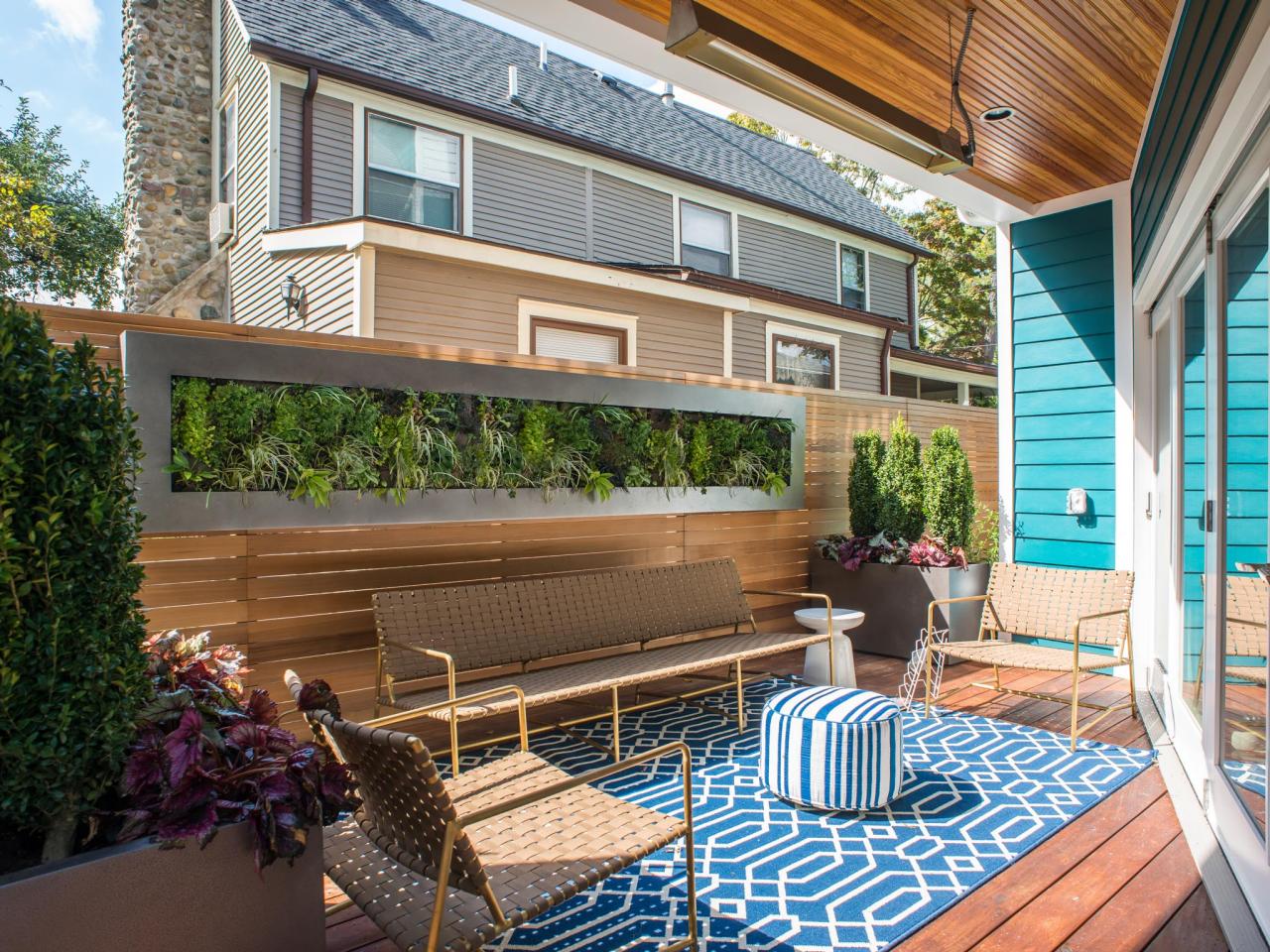
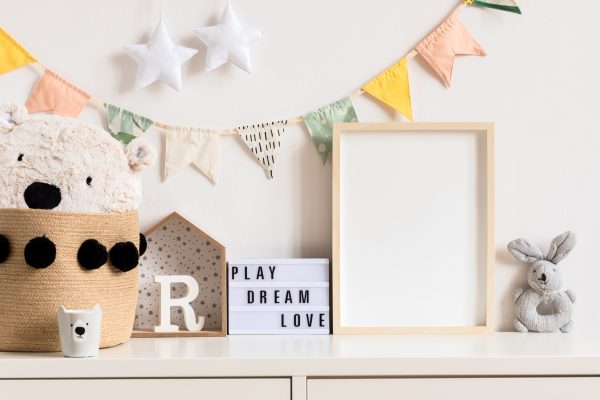
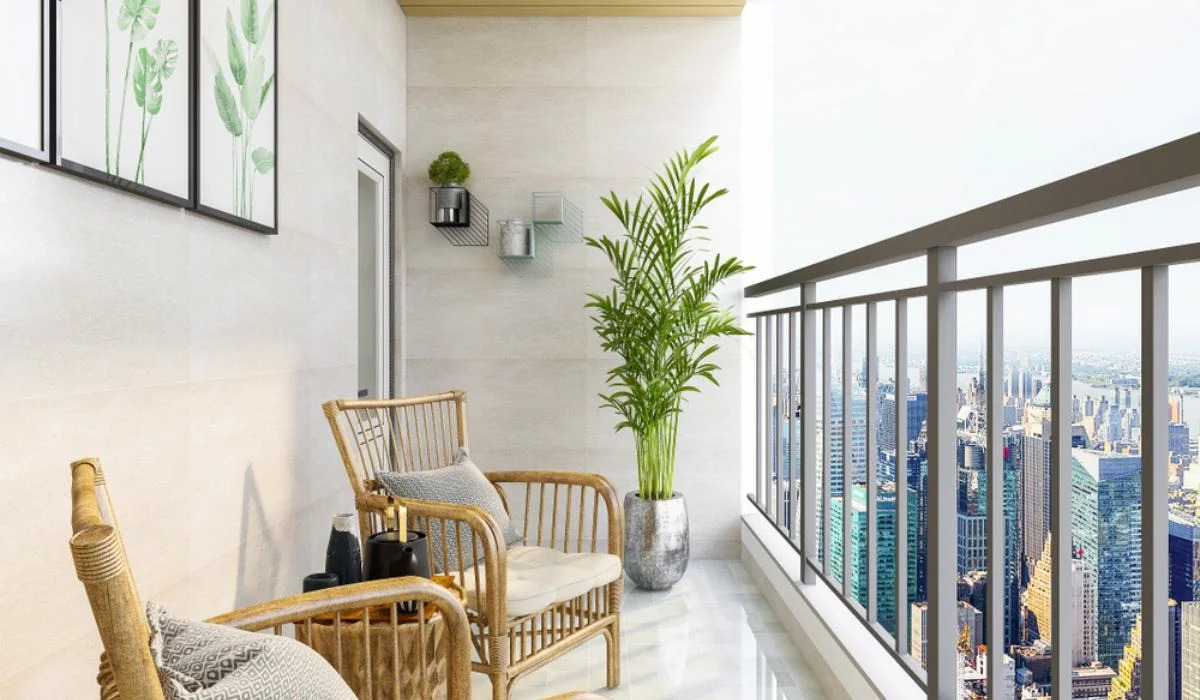
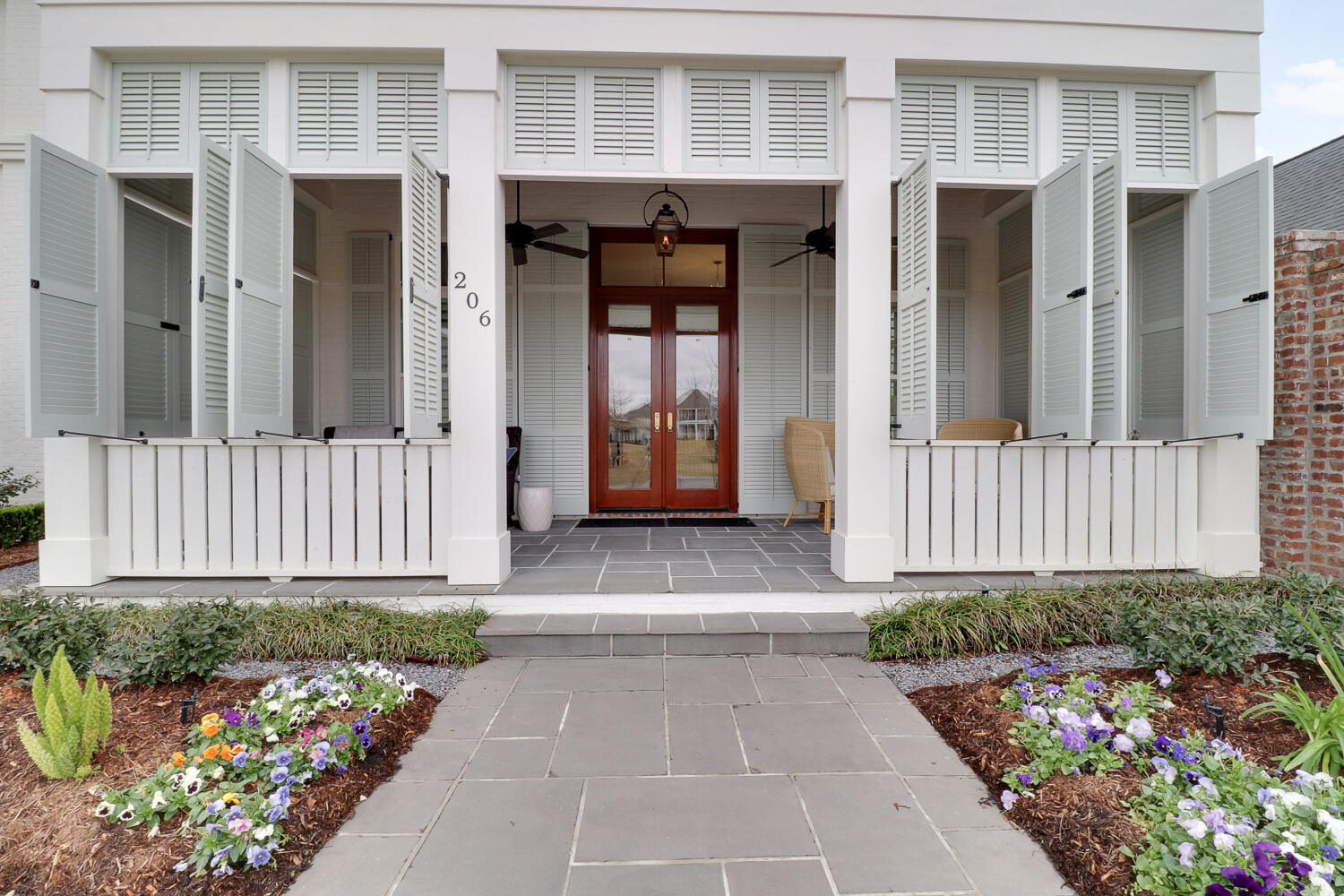
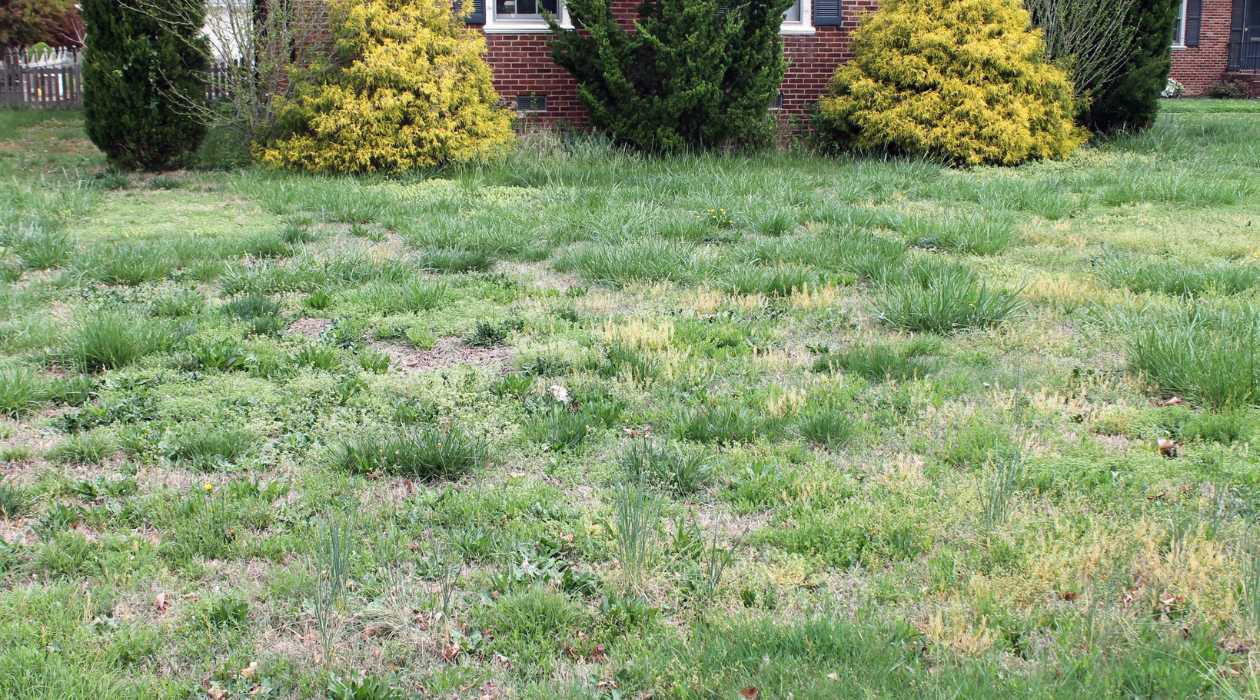

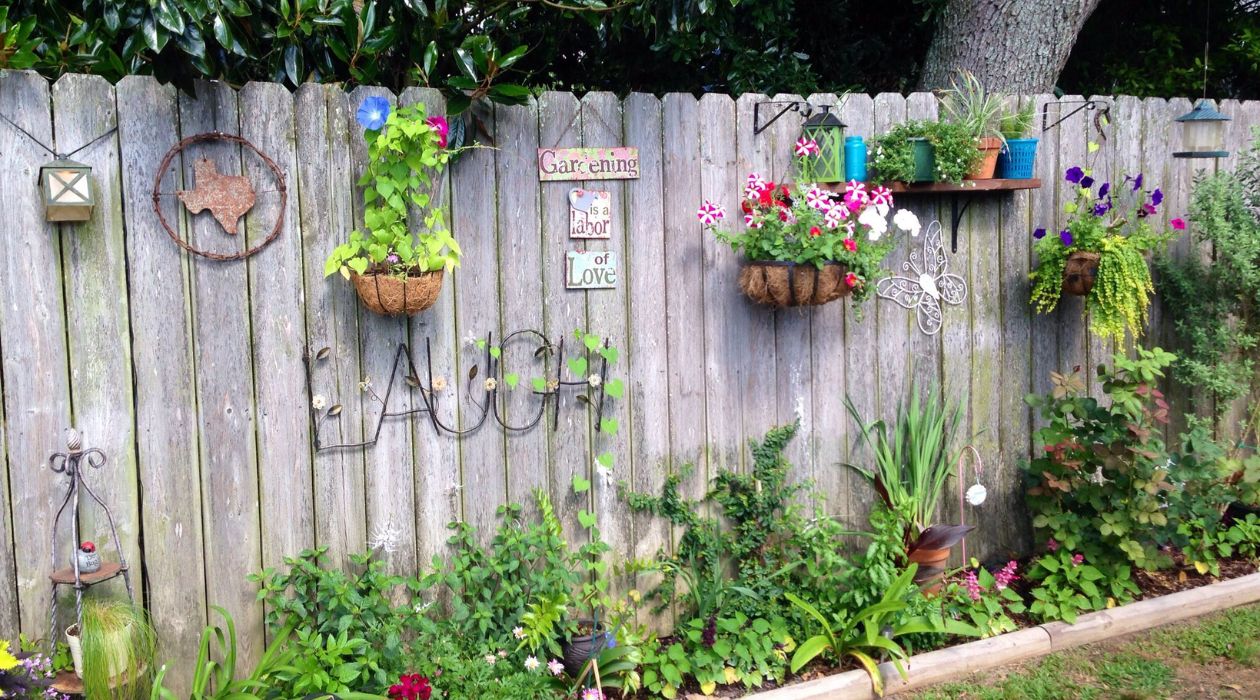
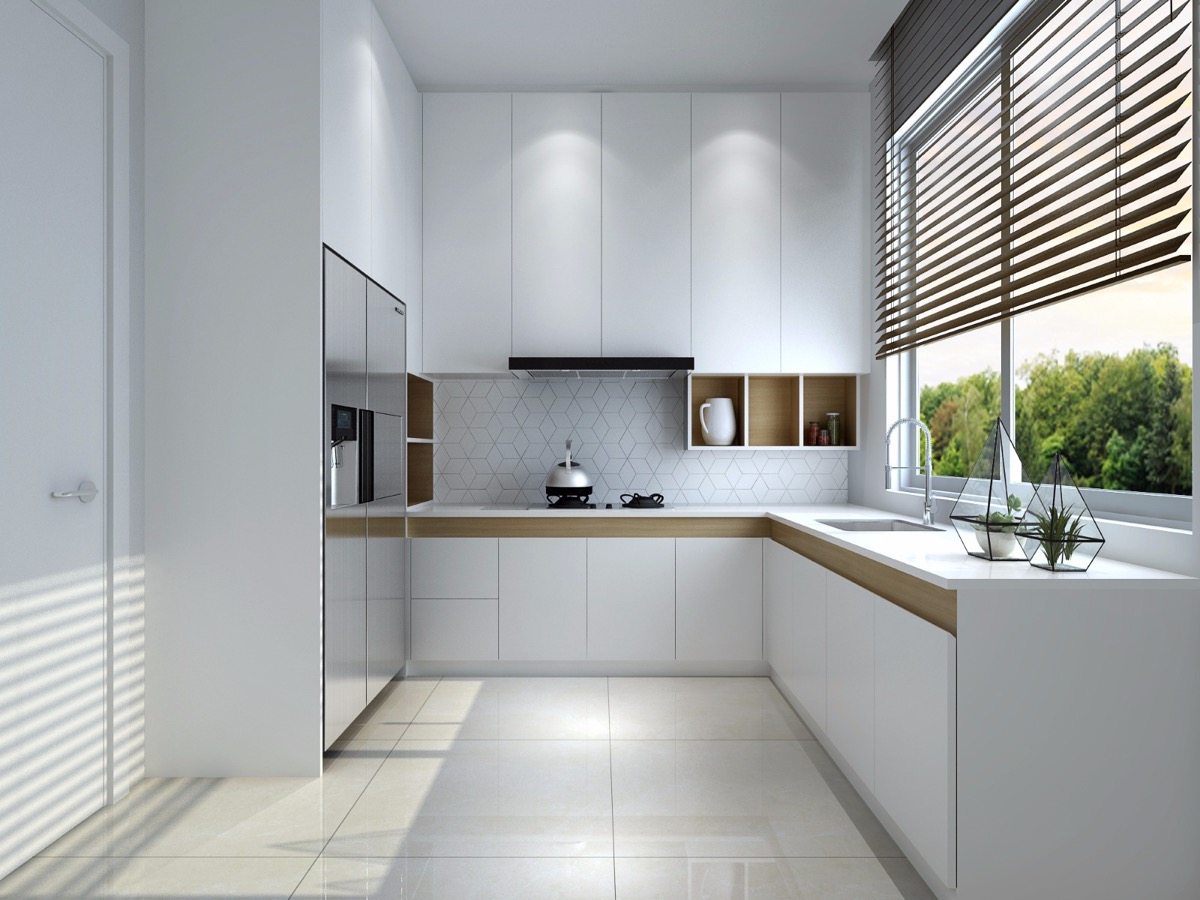
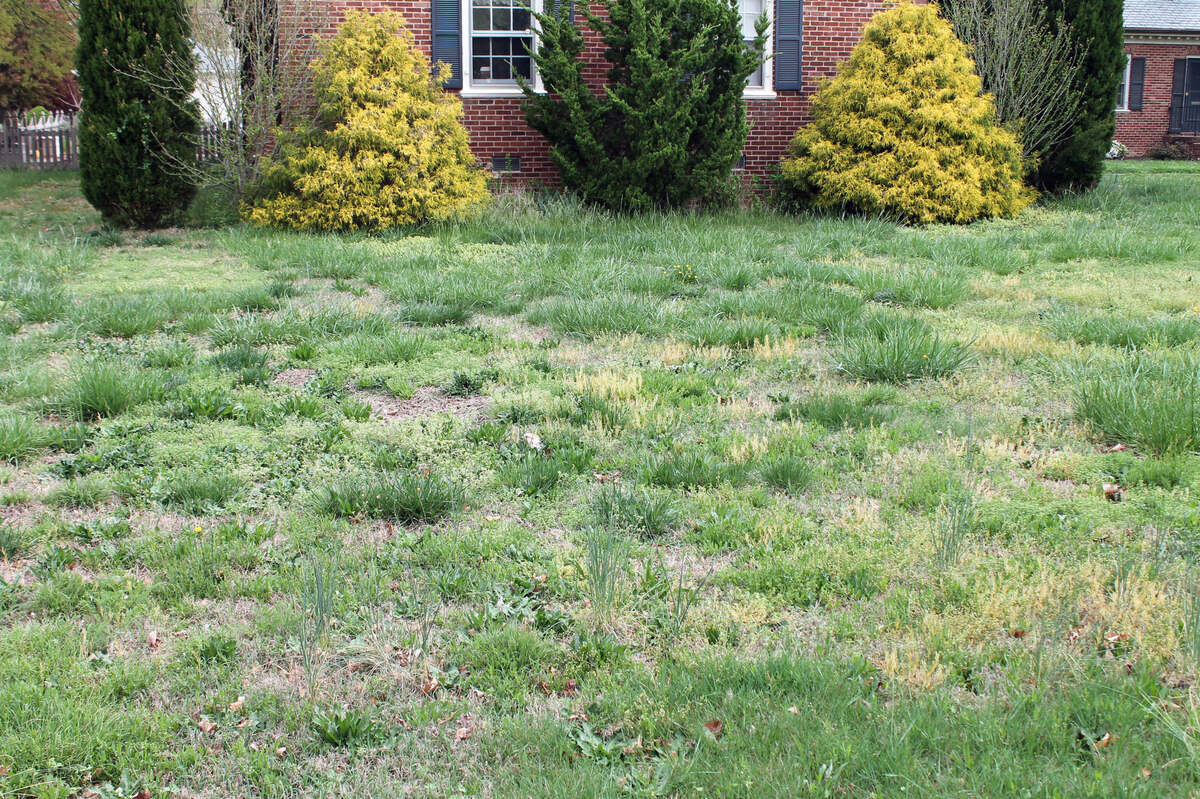
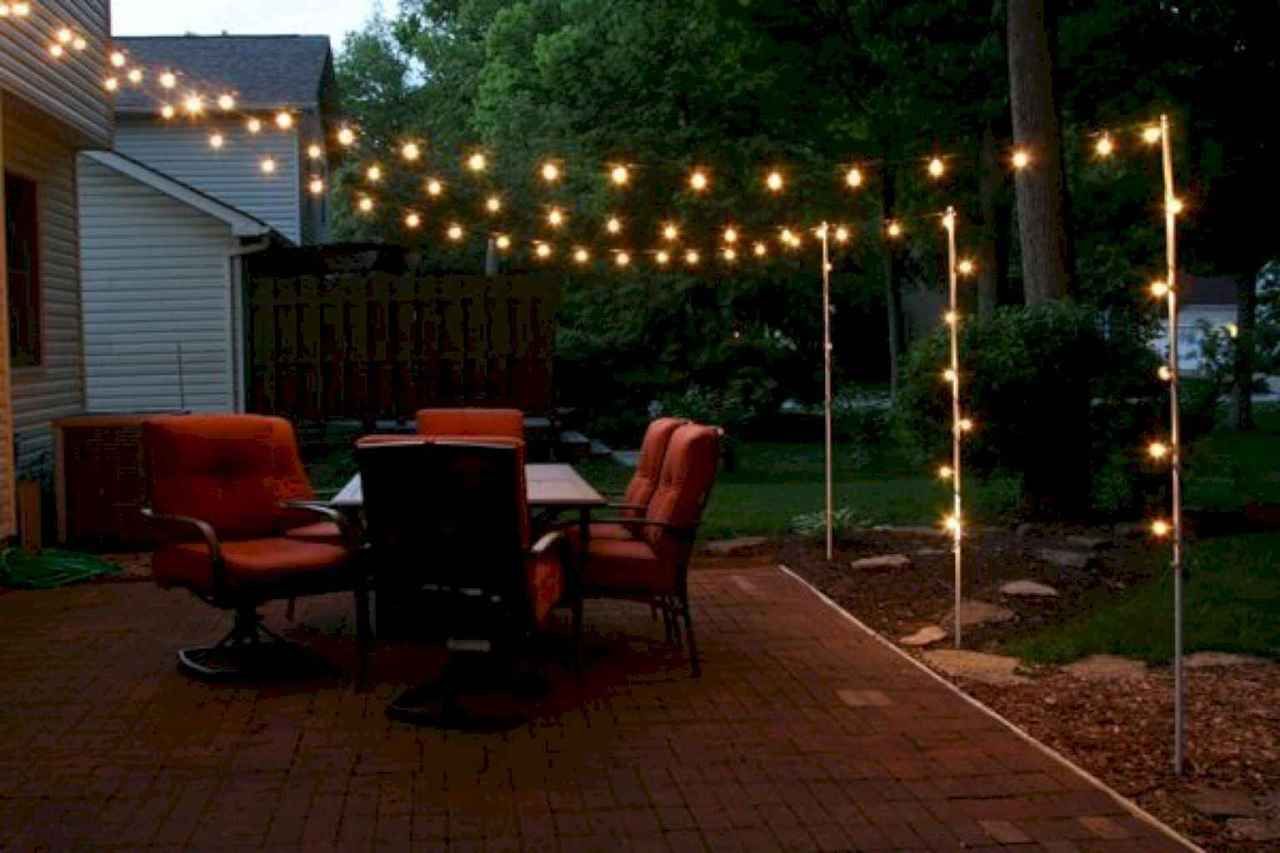
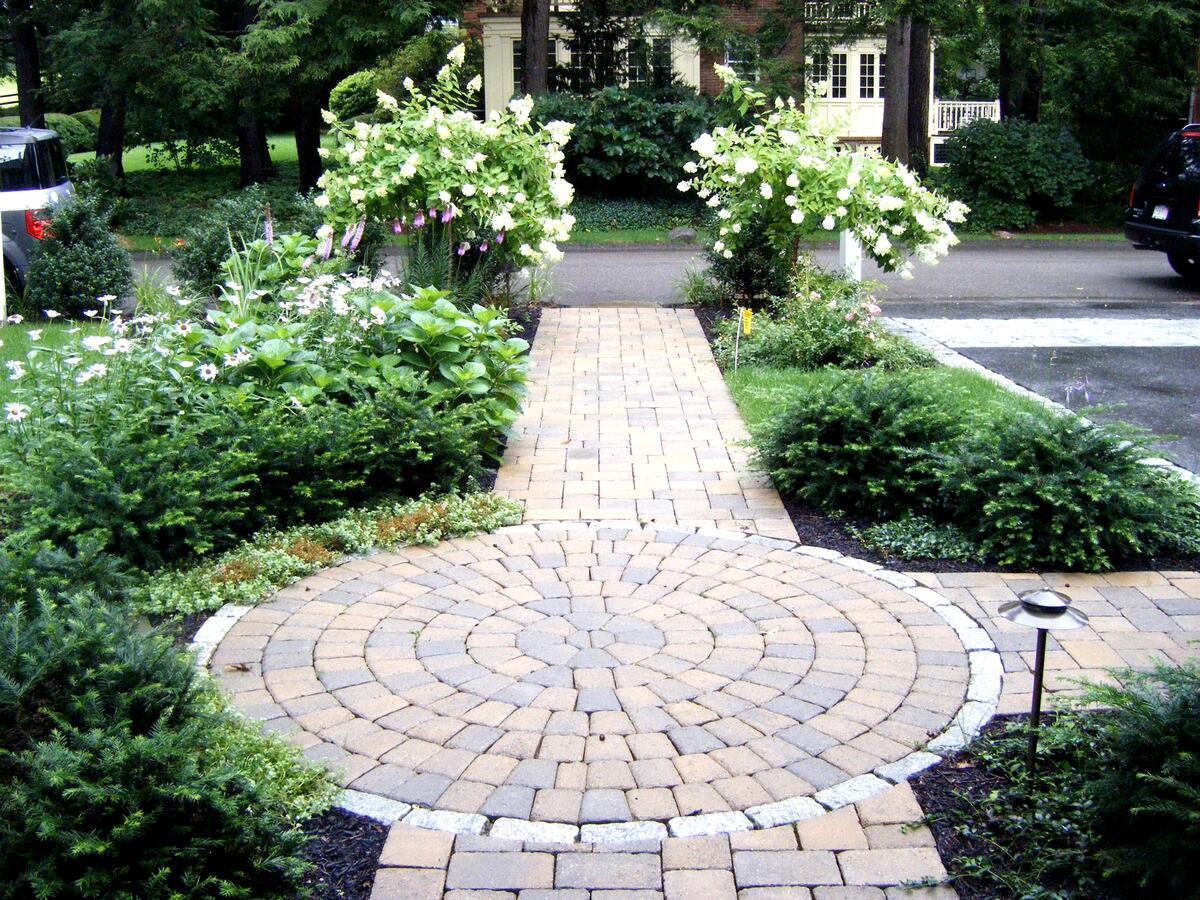

0 thoughts on “18 Beautiful Trellis Ideas To Turn Your Yard Into A Private Escape”